True to the overused—but not inaccurate—phrase that describes the magnitude and breadth of everything in Texas (hats, hair, sky, etc.), arts and cultural institutions enjoy an outsize presence in the state’s most populous city, the intensely sprawling and diverse Houston.
The city’s de facto epicenter for the performing arts can be found in the Theater District, an appropriately plus-sized stretch of downtown populated by an assemblage of architecturally disparate venues. They include Ulrich Franzen’s Brutalist Alley Theatre (1968), home to Houston’s oldest professional theater company; the glassy Hobby Center for the Performing Arts (2002), designed by Robert A. M. Stern Architects; Caudill Rowlett Scott’s white-marble-clad New Formalist masterwork Jones Hall (1966), erected for the Houston Symphony Orchestra; and the imposing redbrick Wortham Theater Center (1987), designed by Eugene Aubry and cohabited by the Houston Ballet and Houston Grand Opera. With its debut in September, the new Lynn Wyatt Square for the Performing Arts serves as the new al fresco anchor for these high-profile institutions—an inclusive green space that brings music, theater, and dance outdoors, liberated from darkened auditoria and thrust into the public realm.
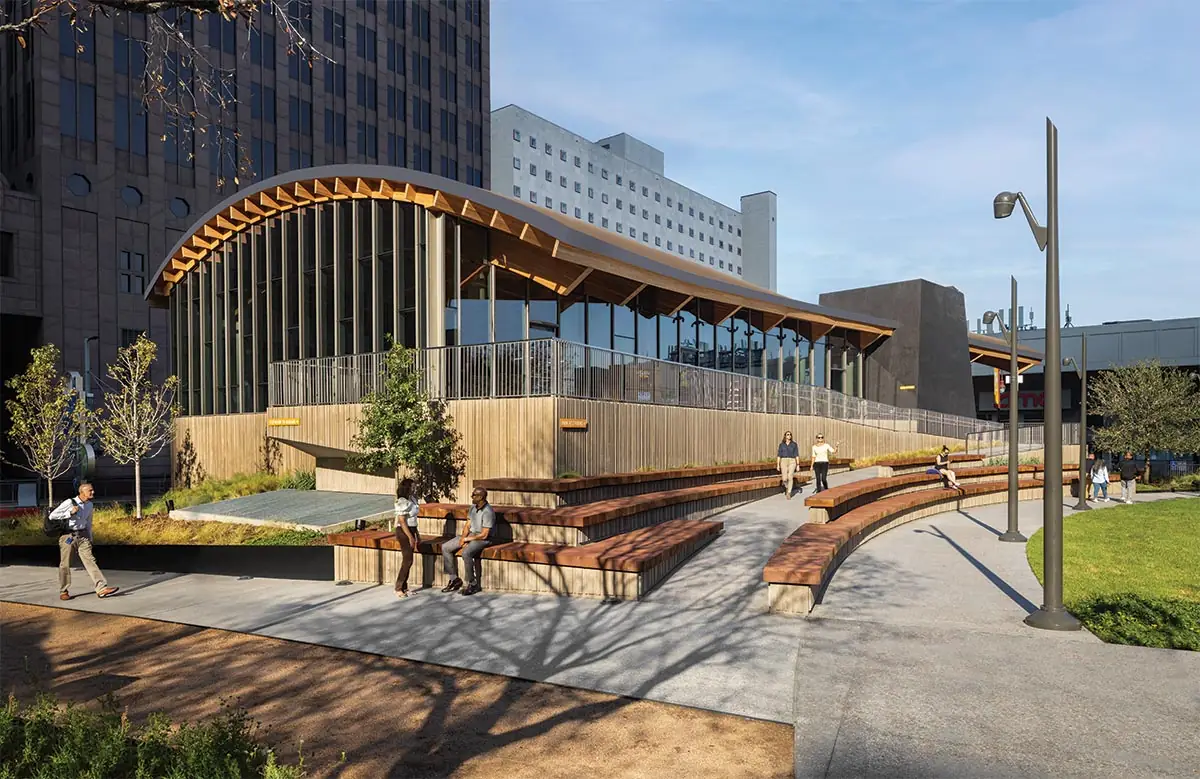
1
Amphitheater seating along the north side of the restaurant pavilion faces the central lawn (1), with Garden Walk (2) beyond. Photo © Pavel Bendov / Archiexplorer, click to enlarge.
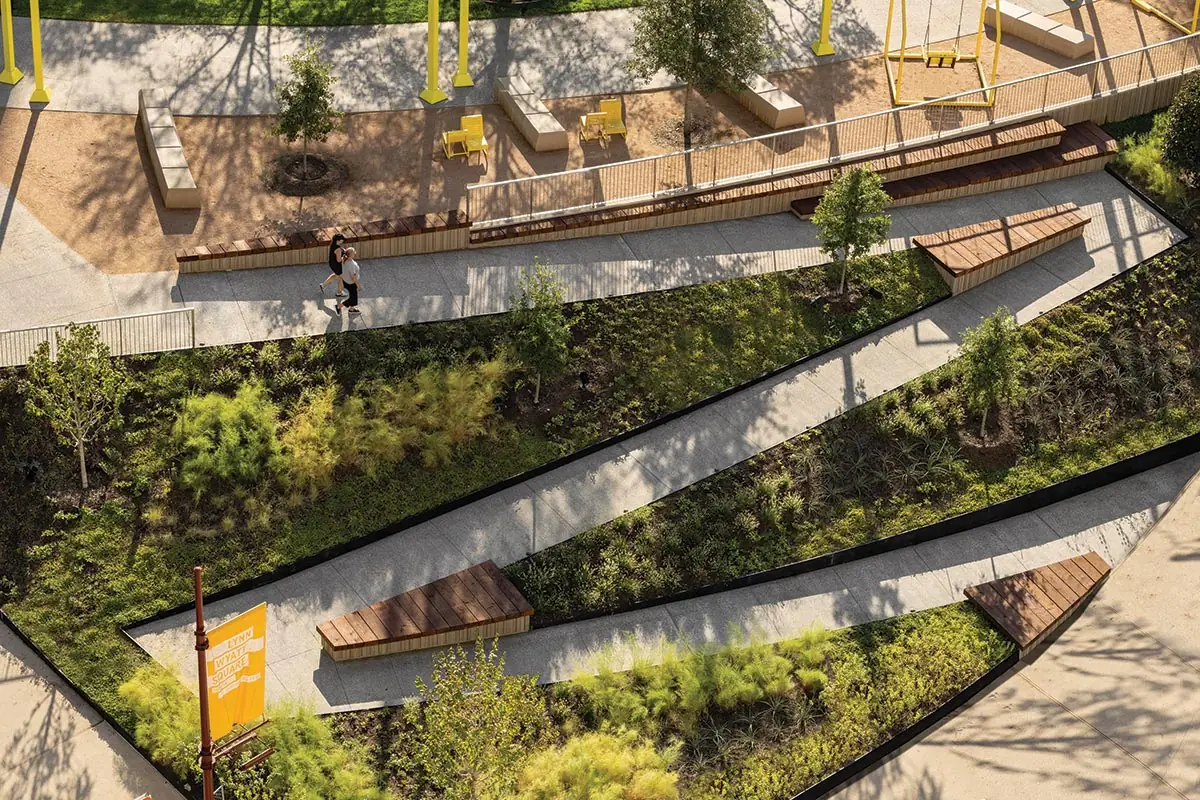
2
Designed by Los Angeles–based RIOS, Lynn Wyatt Square is located within the nearly two-acre footprint of the former Jones Plaza, an underutilized swath of concrete located at the foot of Jones Hall and atop a vast subterranean parking complex that serves the surrounding venues. Separated from the street by high walls and largely devoid of greenery except at its corners, the plaza’s primary programmatic function, pre-renovation, was as an open-air party zone—but only on Thursday evenings. “Hundreds of bikers and office workers would go every week—it was kind of a messy party scene—and that was its only use,” says Peter Emerson, director of RIOS’s landscape architecture studio.
In its reimagining of the old plaza as a programmed green roof for the underground parking structure, RIOS packs a plethora of new features into the site. Now laced with meandering footpaths, the space is elevated above the site’s 500-year-flood line and extends the sidewalk along Texas Avenue northward. Here, a switchbacking ramp—the Garden Walk—serves as a distinctive entry point, with an overlook jutting out above the downtown streetscape. At the center of the site, an expanse of open lawn provides space for gatherings large and small, planned and impromptu. The well-shaded Gateway Gardens at the square’s busy southeast corner cater to the lunchtime office-worker crowd, and a cascading water feature with an integrated ramp on the northwest side of the plaza adds visual interest and a cooling mist that provides relief on sweltering days.

The plaza has a cascading water feature at the northwest corner. Photo © Pavel Bendov / Archiexplorer
Distributed throughout the $26.5 million project, including one that lets you experience the spray of the water feature from within, are four flexible performance configurations that together set the stage for year-round programming such as concerts, film screenings, and dance—events meant to draw Houstonians and visitors downtown, even when the neighboring theaters are dark. (Client Houston First Corporation, a local government entity that operates venues including the Jones Hall and the Wortham, oversees Lynn Wyatt Square’s public-programming calendar.)
“It was an intentional decision to move away from one singular, large stage,” says Emerson of the emphasis on creating intimate outdoor performance spaces—all connected to electric, audio, and video infrastructure—that enable multiple events to happen simultaneously in different areas of the redeveloped plaza.
Befitting a public outdoor venue celebrating the performing arts, the design of Lynn Wyatt Square is inspired by a placemaking concept referred to as “urban choreography” by RIOS. “It’s about creating intersections and places where people are going to interact,” Emerson explains, noting that by relocating two of the buried parking garage’s large exhaust shafts from the corners of the plaza to less conspicuous locations on the edges of the site made the space more welcoming and visible. “We’ve created a place where people can merge.” As Emerson says, the plaza’s new entrances from the street are considered as accessible-to-all “experiences” and not “just paths to travel.”
As with any proper performing arts space, Lynn Wyatt Square has abundant seating—a roughly 60 percent increase from Jones Plaza. Terraced benches, movable tables and chairs, and swing seats (a “hit” with users, per Emerson), provide places to relax, unwind, and take in the show(s); the square’s outdoor furnishings, designed by RIOS, are bright yellow, as are the multifunctional media towers that line the Proscenium Walk at the northern end of the site.
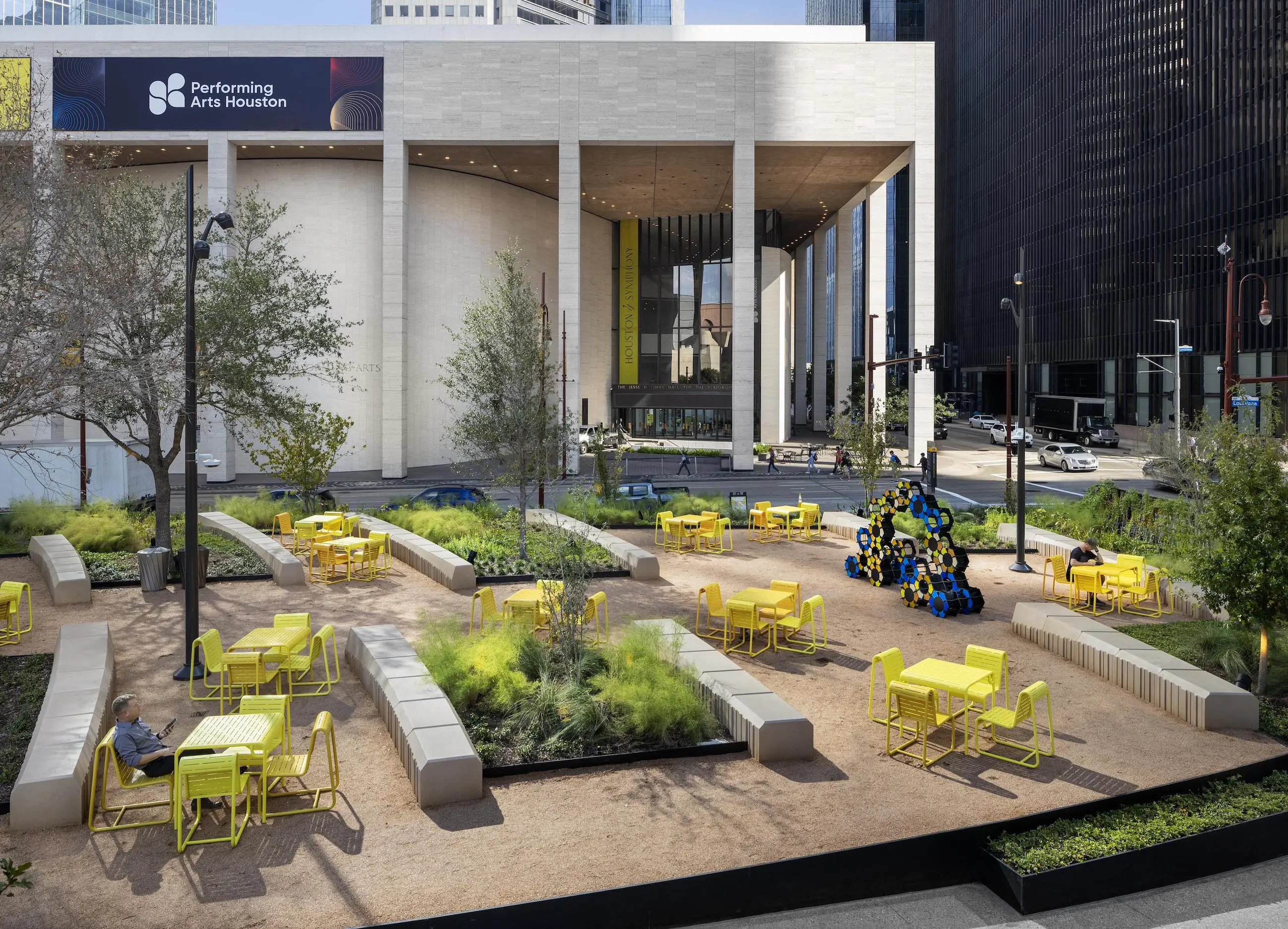
A seating area at the Gateway Gardens section overlooks Jones Hall. Photo © Pavel Bendov / Archiexplorer
The transformation of Jones Plaza into Lynn Wyatt Square also yielded what proved to be the most technically complex part of the project from an engineering standpoint: a 7,400-square-foot restaurant pavilion that floats above the underground parking garage, on the western edge of the site. Clad in glass and textured concrete, the bilevel building—designed by RIOS with executive architect HarrisonKornberg Architects—is topped by a timber roof structure with a free-flowing form that pays homage to the fluidity of dance.
Although the structure’s soaring, column-free interior offers an air-conditioned respite from Houston’s notorious humidity and oppressive temperatures, the newly landscaped plaza outside—previously a literal heat island—has cooled down considerably within this urban environment dominated by towers of concrete, stone, and glass. According to RIOS, the project reduced the plaza’s hardscape by 19 percent, increased its plantings by 92 percent, and added 27 percent more trees—among them 14 mature live oaks that provide abundant shade. In addition, the park’s lush landscaping—local firm Asakura Robinson served as executive landscape architect for planting design—helps to manage stormwater runoff, improve air quality, and foster biodiversity.
An urban green space that acts as an outdoor extension of the performing arts venues surrounding it, Lynn Wyatt Square proves that second acts are worth sticking around for.
Click plan to enlarge
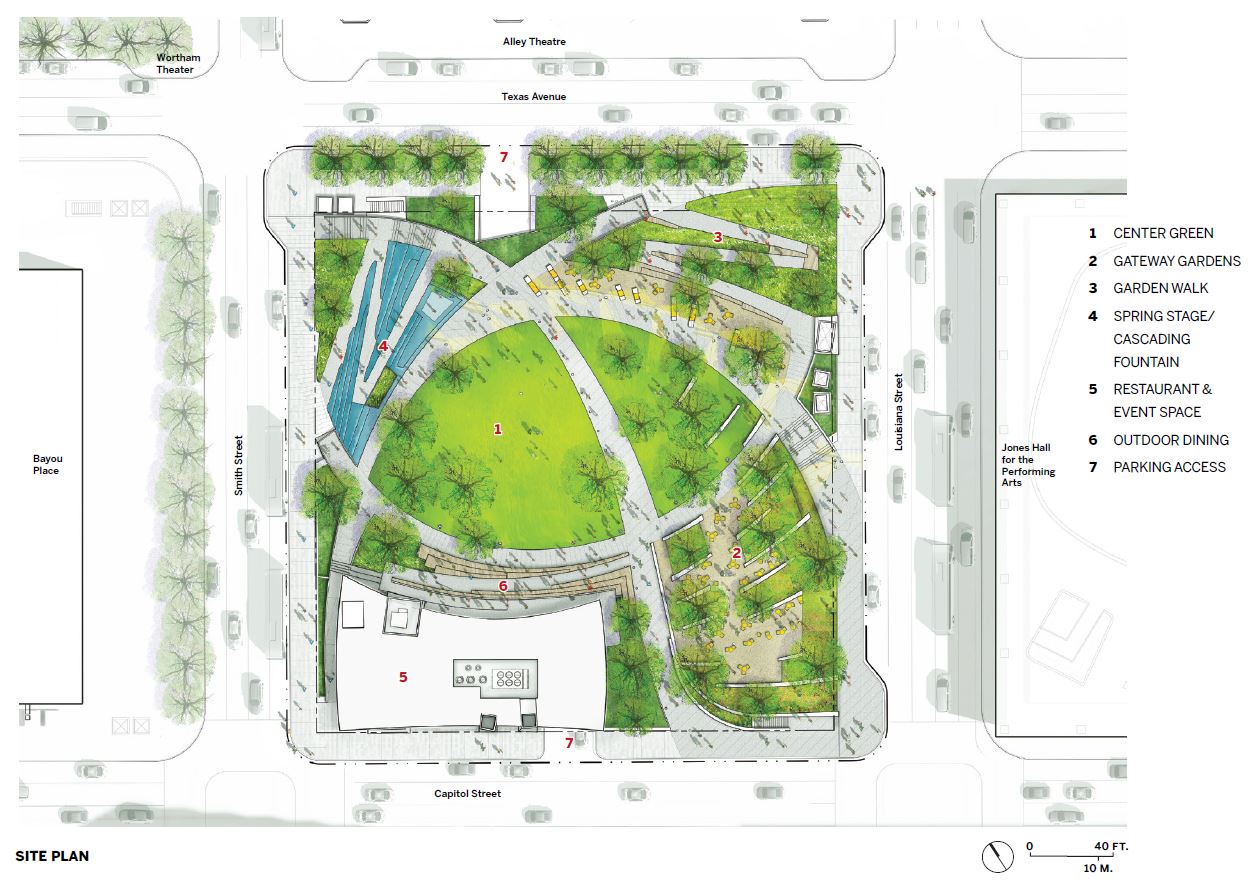



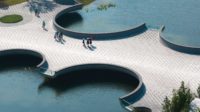
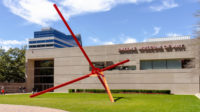
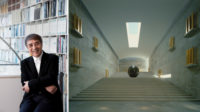
Post a comment to this article
Report Abusive Comment